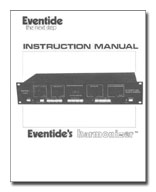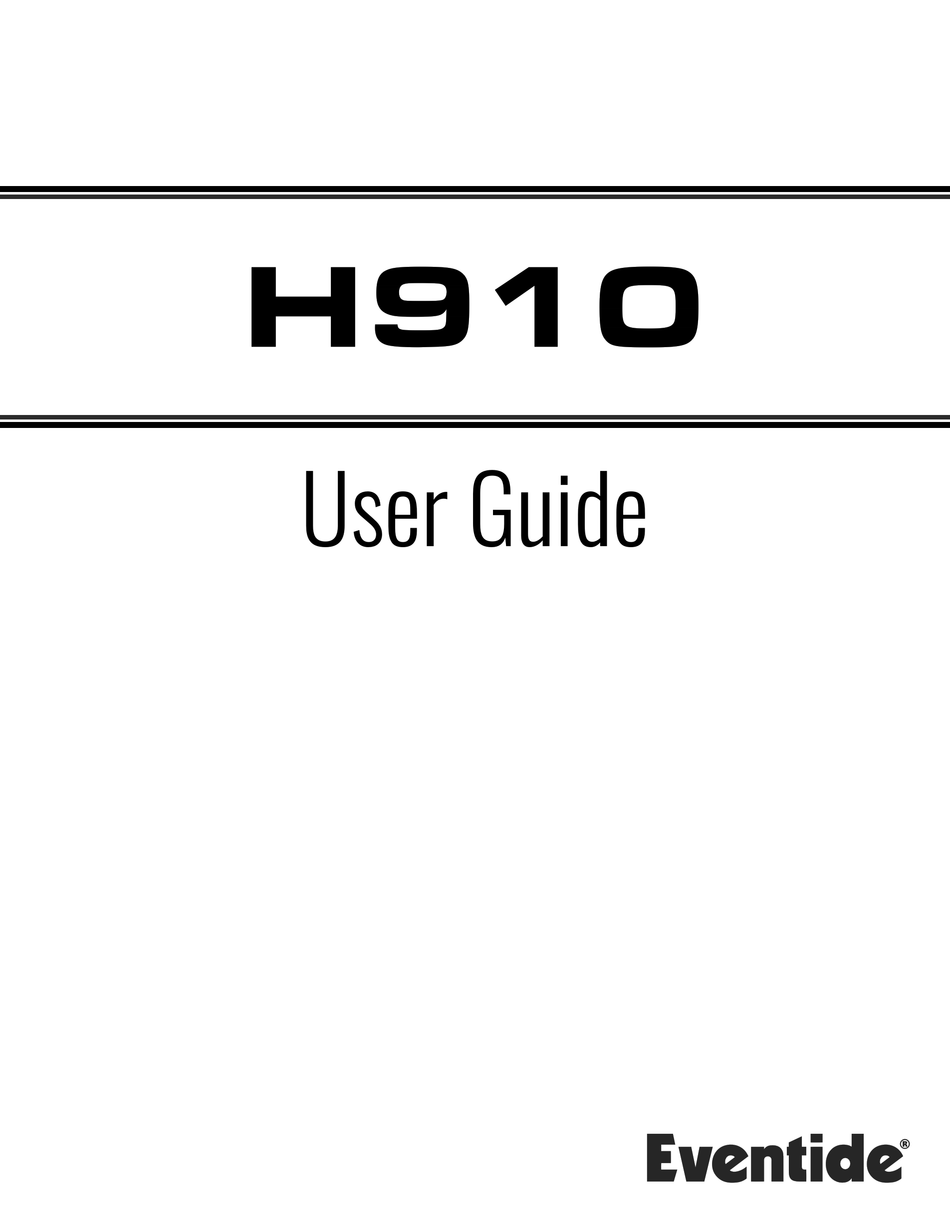
Although such stations still exist, many fewer audience members receive their programs using antennas, preferring instead to get “content,” as we now call it, over the internet.įor example, no more CONELRAD! Now, in case of war, the Soviet Bombers* will be able to home in on the transmissions of the remaining stations.

They occupied specific physical locations on the planet and used electromagnetic radiation to send signals in some or all directions. Your radio and teevee stations were actual stations, no air- or scare-quotes needed. Let me assure you, 50 years ago, broadcast meant BROADcast. I would guess that a significant percentage of young readers don’t relate to the actual meaning of the term “broadcast.” It is possible that they have grown up listening to what I call internet ‘radio’ ‘stations,’ along with YouTube and other streaming services.


The Broadcast Products that Were and Weren’t So strap in for a deep dive into our broadcast history as Richard recalls his personal history with and within broadcast. In fact, Richard Factor got his ‘start’ in radio, designing products for broadcasters years before founding Eventide. While the mainstay of Eventide has been our 50-year continuous history of making products for music recording and performing, we’ve also made products specifically for broadcasters for almost that long.
Eventide h910 harmonizer manual pro#
In fact, the H969 was one of the first pro audio products to feature “PRESETS” by including a set of 5 buttons that users could program to specific values of delay, making it easier to save and recall favorite delay settings: At one point Steve mentioned that he also had one and that he liked it for its “musical” aspects (pre-set pitch interval keys) and I said that I liked its extreme range of pitch shift.” “I remember that Steve Vai came to Paisley Park to meet Prince and Steve was seated in the back corner of the room, right under a little 4 space insert in the wall which housed a Quantec QRS and our H969. The H969 also improved the accuracy and range (a whole octave wider) of the pitch change, allowing users to set precise, musical intervals of pitch shifting with the push of a button:Įngineer Chuck Zwicky recalls Prince adding the H969 to his arsenal at Paisley Park as soon as it became available.
Eventide h910 harmonizer manual manual#
A complex device with a simple-to-use interface, the manual even came complete with an innovative Experiments section there were 5 “experiments” users could perform to help them navigate the H969’s new features, including extended flange, repeat, reverse, and a brand new Doppler effect. The H969 ProPitch Harmonizer, released in 1984-five years after the H949 and nearly a decade after the H910-offered the “cleanest, highest quality pitch change ever,” as stated by the user manual. When it came time to design the next-generation Harmonizer, we turned to engineer Jeff Sasmor to develop it. With the success of the H949 Harmonizer’s de-glitched pitch change in 1979, our focus largely shifted towards all of the other possibilities for digital audio with a particular emphasis on reverberation, leading to the development of the world’s first general-purpose digital audio processor, the SP2016.

Today we'll be looking at the Eventide H969 Harmonizer. Infamous engineers interviewed about the H949: We reached out to a few of the H949’s devoted users for their take on what has made this box so special, and integral, to their processes for over four decades: The H949 has been a go-to device for engineers on classic songs and albums by the likes of Prince, Frank Zappa, the Ramones, and artists of today like Ty Segall. Even in live sound, a brave engineer could use it to perfect pitch on the spot, in front of a live audience! But beyond being an intelligent pitch-shifting tool, with options like Repeat, Delay, and Flange, artists and engineers could achieve huge, layered sounds that soared to harmonious-or cacophonous-new heights. With expanded options like Random delay mode and MicroPitch, the H949 set the standard for faithful, fine-tuned double-tracking emulation and pitch correction, which saved a lot of time in the studio when re-recording was not an option. In the first two parts of the H949 Harmonizer tale, you learned how the H949 built upon the legacy of the H910, offering de-glitched pitch-change for improved accuracy and a bevy of new features.


 0 kommentar(er)
0 kommentar(er)
